Posts
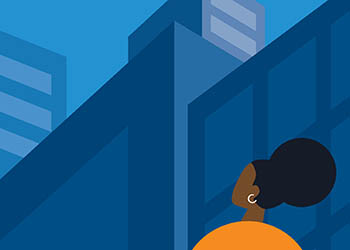
CA Policy Lab Releases Report on Homelessness Focused on Anti-Black Racial Inequities in Los Angeles
The UCLA California Policy Lab (CPL) recently released a new…

LA Social Science Rising Scholars Series on Gentrification in Los Angeles with Dr. Alfredo Huante
Dr. Alfredo Huante is an interdisciplinary social scientist…
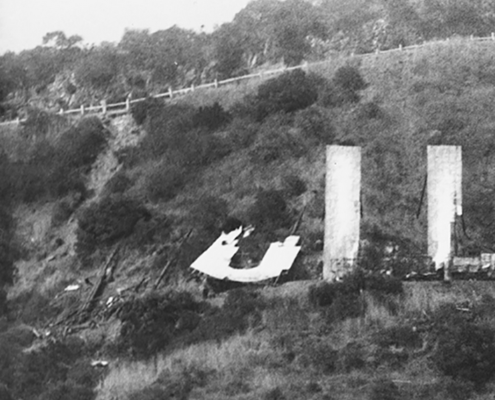
UCLA Professors Contribute to LA Mayor’s Office Civic Memory Working Group Report
In November 2019, LA Mayor Eric Garcetti's Office Civic Memory…
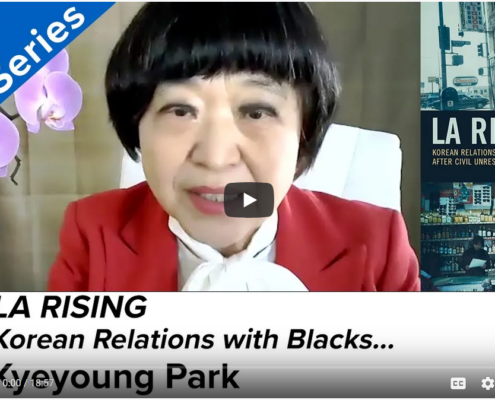
LA Social Science Book Series on Korean Intergroup Relations in LA with Professor Kyeyoung Park
In LA Rising: Korean Relations with Blacks and Latinos after…
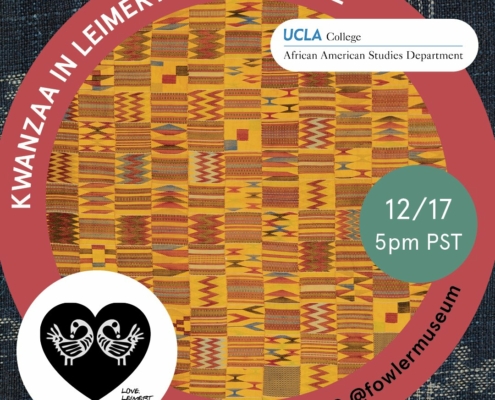
Festivals in the City of Angels: Kwanzaa in Leimert Park Village on December 17 — RSVP Today
Festivals in the City of Angels
This series connects museum…
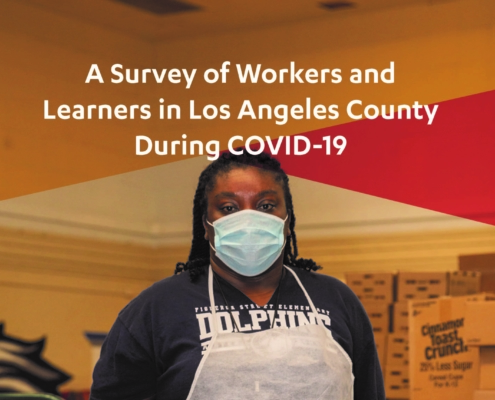
Workers and Learners’ Experiences in Los Angeles County
By Sophia L. Ángeles, Graduate Student Researcher; Janna Shadduck-Hernández,…
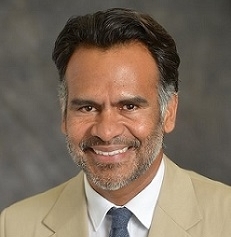
UCLA Professor Eric Avila Discusses the Historical Link between White Supremacy and Los Angeles Transportation Plans
In a recent KCRW Greater L.A. podcast titled, "LA Freeways: The…
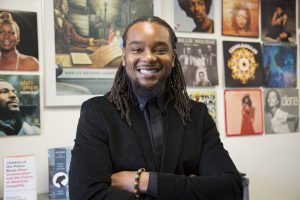
L.A. Times Features Professor Hunter and Prominent L.A. Writers Discussing the City’s Racial Past and Present
In this important piece featured in the Los Angeles Times,…
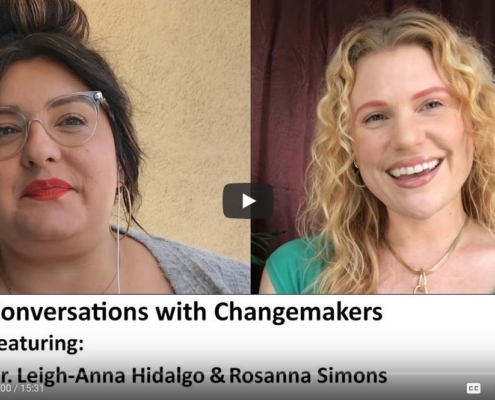
LA Social Science Presents “Conversations with Changemakers” Featuring Dr. Leigh-Anna Hidalgo & Rosanna Simons (VID)
The grassroots organization People for People (Gente por…
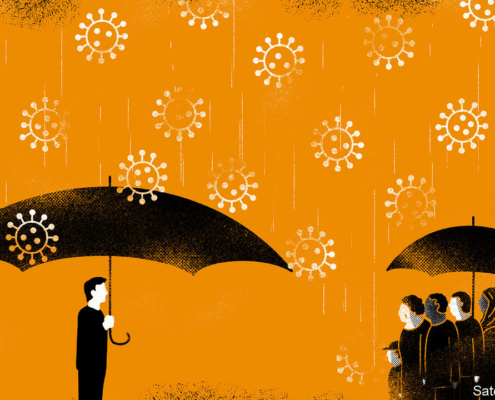
Open Letter on Inequities and the COVID-19 Response
Professors Chandra L. Ford (UCLA), Bita Amani (Charles Drew…

